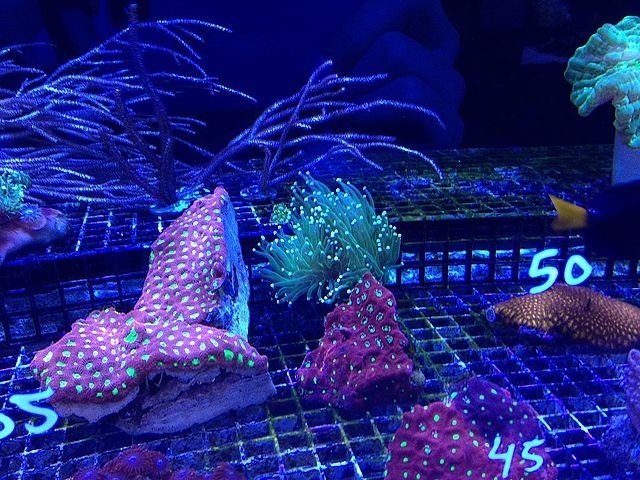UK.- A new study, led by PML, has found that the proportion of large fish in the North Sea may decrease as climate change unfolds, by as much as 60% in some areas. The effects of warmer waters and ocean acidification may mean proposed fisheries management targets based on fish size could be unachievable if the effects of environmental change on fish size are not considered.
Using state-of-the-art modelling, the researchers demonstrated how they can simulate how fish size is changing in our marine environment, under the pressures of fishing and environmental factors. This form of modelling, combining important indicators and environmental change, can help with sustainable exploitation of fished stocks by helping policy makers consider how wild populations are impacted by changing, warmer and more acidic oceans into the future.
Indicators based on fish size are widely used in the study and management of wild populations exploited by commercial fishing. The Large Fish Indicator (LFI) is one such example, determining the biomass of fish above a certain size in a community, and used to inform policy and guide the fishing industry.
While widely used, however, the LFI has not previously been used alongside predictions of future conditions in line with expected climate change. Fish size is closely linked with the environment, and a warming world will change the conditions in which fish live. It has been suggested that rising water temperatures in the North Sea, for example, are driving down fish size in key species. By modelling North Sea fish populations alongside predicted climate change scenarios for the indicator LFI, scientists have shown how climate change may affect fish communities, and what it may mean for fisheries.
Lead author Dr Ana Queiros, of PML’s Marine Ecology and Biodiversity group, said: “In European waters, including our UK waters, as in many other regions of the world, fish populations are responding very clearly to warmer ocean conditions, exhibiting smaller individual sizes alongside other more complex evolutionary processes. What we show here is that climate modelling has evolved so much that we can already simulate how these changes are happening (which we compared to historical data). Policy targets regulating the fishing industry already take into account strict scientific advice at present, but this advice rarely takes into account how climate is and will continue to impact these wild populations. Models, such as the ones we produced, can be used to explore how environmental impacts on fish size can be taken into account within policy target setting into the future. Without this consideration, these targets may be unachievable and place undue pressure on livelihoods depending on fishing.”
Co-author Dr Christopher Lynam, of the Centre for Environment, Fisheries and Aquaculture Science, added: “The study was an important step towards the development of long term management goals. Climate change is important to consider over multi-decadal time scales and by taking account the likely impacts on ecosystems we can better understand the consequences of man’s activities and the suitability of management plans. Follow-up work could help further understand how these pressures interact and impact on ecosystems, and improve our assessments of marine biodiversity.”
Reference (open):
Queiros, AM, Fernandes, J, Genevier, L & Lynam, C. (2018) Climate change alters fish community size‐structure, requiring adaptive policy targets. Fish and Fisheries, doi.org/10.1111/faf.12278 https://onlinelibrary.wiley.com/doi/full/10.1111/faf.12278
Stay Always Informed
Join our communities to instantly receive the most important news, reports, and analysis from the aquaculture industry.
Source: Plymouth Marine Laboratory
Editor at the digital magazine AquaHoy. He holds a degree in Aquaculture Biology from the National University of Santa (UNS) and a Master’s degree in Science and Innovation Management from the Polytechnic University of Valencia, with postgraduate diplomas in Business Innovation and Innovation Management. He possesses extensive experience in the aquaculture and fisheries sector, having led the Fisheries Innovation Unit of the National Program for Innovation in Fisheries and Aquaculture (PNIPA). He has served as a senior consultant in technology watch, an innovation project formulator and advisor, and a lecturer at UNS. He is a member of the Peruvian College of Biologists and was recognized by the World Aquaculture Society (WAS) in 2016 for his contribution to aquaculture.



